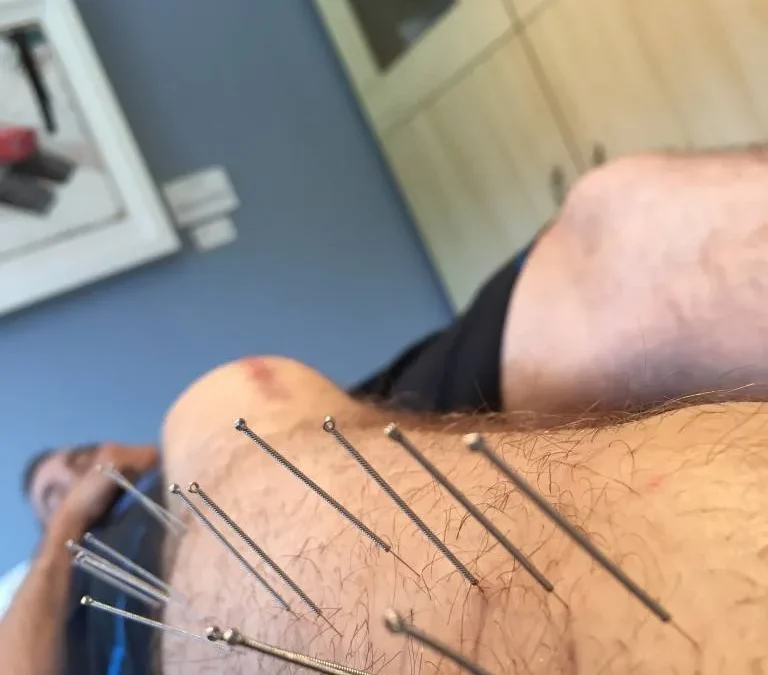What is Dry Needling in Physical Therapy?
Dry needling is a pain-relieving technique physical therapists use to reduce muscle tightness and soothe inflammation. It involves inserting a needle into muscle trigger points (TrPs), or knotted-up areas of muscles.
When the needle is inserted into a trigger point, you may experience either a slight twitch or cramp-like sensation. This is normal and an indication that the method is working to stimulate muscle fibers and create an immune response.
Trigger Points
At a dry needling session, your physical therapist will identify trigger points in the area where you experience pain or tightness and insert a dry needle into these trigger points to help alleviate the discomfort.
Trigger points are tender lumps that may develop in muscles due to muscle spasm, tightness, or an accumulation of waste products within muscle cells. They are most often caused by muscular spasm, tightness, or both.
These tight knots can cause inflammation, referred pain to other parts of the body, and reduced range of motion. Furthermore, they may create a positive feedback loop where spasm, tightness, and waste accumulation feed off each other.
Trigger points can occur in any muscle or tissue, including those of the neck, shoulders, back, hips and legs. They may be caused by injury, repetitive movements, poor posture or stress/anxiety.
Myofascial Pain Syndrome
Myofascial Pain Syndrome is a chronic, debilitating condition that can cause muscle weakness and stiffness. It occurs when sensitive areas of tight muscle fibers form within muscles due to injury or overuse.
These areas, known as trigger points, can irritate when touched and cause pain elsewhere on the body.
If you suffer from myofascial pain syndrome, your doctor can use a range of therapies to reduce the discomfort and restore muscle function. Some examples include physical therapy and dry needling.
Dry needling is a technique in which thin needles are inserted into a trigger point to stimulate it and decrease tension in the area, increase blood flow to the trigger point, and alleviate pain.
Pain Relief
Pain relief is often the aim of physical therapy, and dry needling can be an effective tool in achieving it. During a session, your provider inserts a needle into a trigger point to trigger the release of chemicals that reduce pain.
Dry needling helps your muscles relax and blood flow to the area, aiding healing and recovery more rapidly. Furthermore, it reduces inflammation and enhances range of motion for larger movements.
Your physical therapist will insert a dry needle into your myofascial trigger point, or knot of tight muscle tissue. They may move it around slightly to get what’s known as a “local twitch response,” an abrupt spasm of your muscle that usually indicates that the treatment is working on the trigger point.
Prevention
Prevention is a term researchers and healthcare professionals use to describe methods to ward off illness or injury. It includes interventions that reduce risks to your wellbeing, such as encouraging healthy habits and making lifestyle adjustments in daily life.
Primary prevention is one type of prevention, which focuses on early detection and treatment of health problems. It aims to stop conditions from progressing too far and leading to potentially deadly complications like a heart attack or stroke.
Physical therapists use dry needling to relieve trigger points and muscle pain. Trigger points are tight bands of skeletal muscle that are tender when touched and may produce intense discomfort when touched.
Dry needling is a physical therapist inserting a thin, sterile needle into a muscle to release or deactivate trigger points. This improves pain control, decreases muscle tension and normalizes dysfunction at the motor end plate – where nerve impulses are transmitted from nerves – as well as expediting return to active rehabilitation activities.
If you’re interested in learning more about dry needling and other physical therapy services, feel free to contact us at Accelerate Therapy & Performance.



